A candidate for the earliest-known work of art associated with neoclassicism appeared at Sworders Auctions in Essex at the end of April.
This George III ormolu three-light candelabrum in the Classical style was almost certainly designed by James ‘Athenian’ Stuart and probably made and supplied by Diederich Nicklaus Anderson.
As such, it was amongst the earliest examples of British or European neoclassicism.
Ormolu in London
Anderson was an influential London-based ormolu manufacturer who was employed by the leading architects of the 1760s, including Robert Adam.
He is known to have exhibited gilt tripods after Stuart’s designs in London in 1761.
Along with the great Matthew Boulton, Anderson is one of the very few ormolu manufacturers in the capital to be identified.
European neo-classicism took its inspiration from Classical antiquity and saw designers and architects move away from the exuberance of rococo to embrace the symmetrical lines, styles and motifs of the great Roman and Greek archaeological finds.
Six pairs of candelabra
Ormolu, incidentally, is derived from the French term or moulu, meaning ground gold – a process of gilding bronze for decorative mounts.
Six pairs of similar candelabra are known to have been supplied to, amongst others, John, 1st Earl Spencer at Spencer House, London, and the Marquess of Rockingham at Wentworth Woodhouse. One pair is in the V&A in London.
The baluster-shaped urn has crisply-cast applied palmettes supporting two scrolled arms and a central sconce with applied foliage.
The urn’s neck and pedestal base have fluting, applied floral garlands and Vitruvian borders.
Matthew Boulton purchased items from Andersen’s stock following his death, elements of which he copied for his own candelabra vases, now priceless objects.
The candelabrum sold for £11,000.
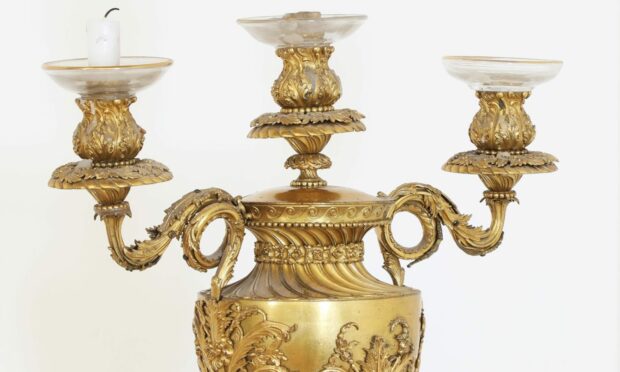





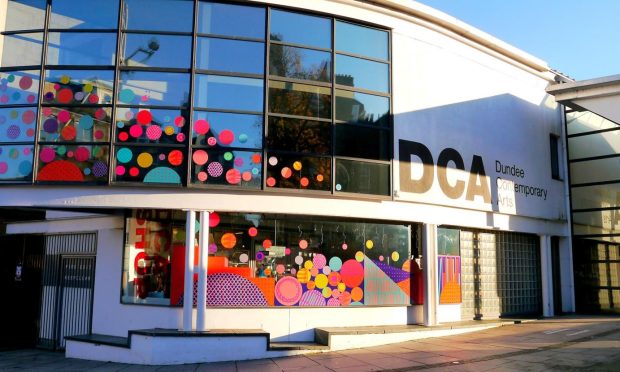
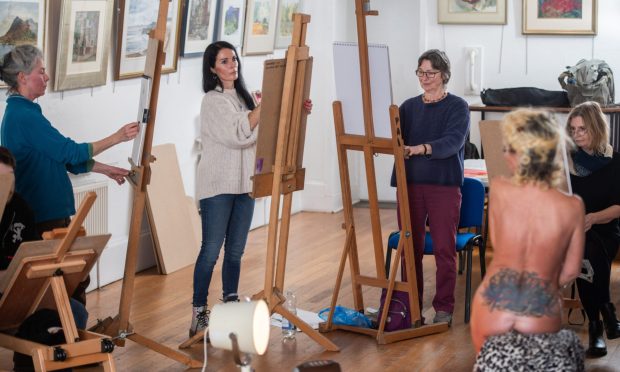
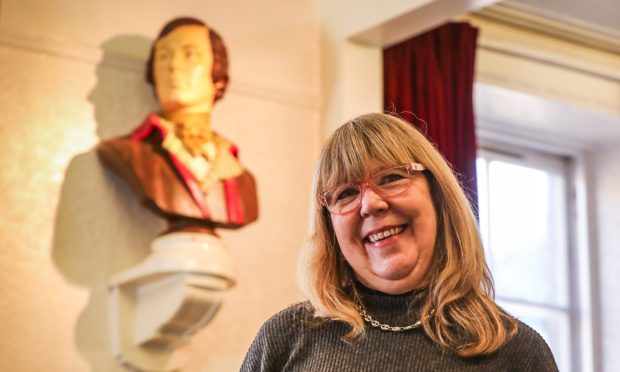
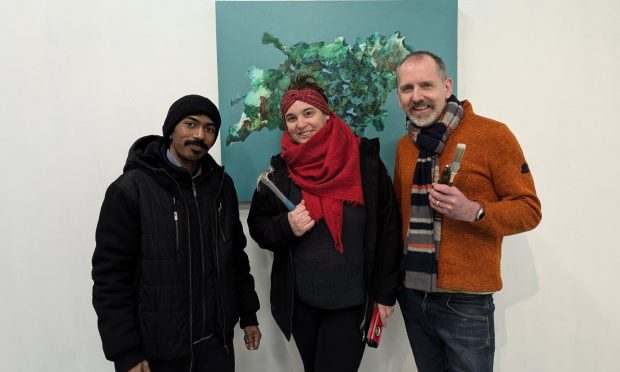

Conversation